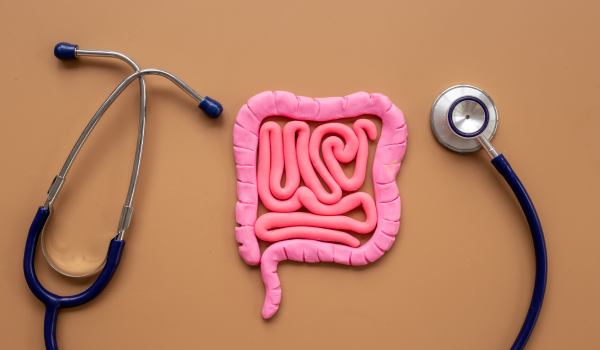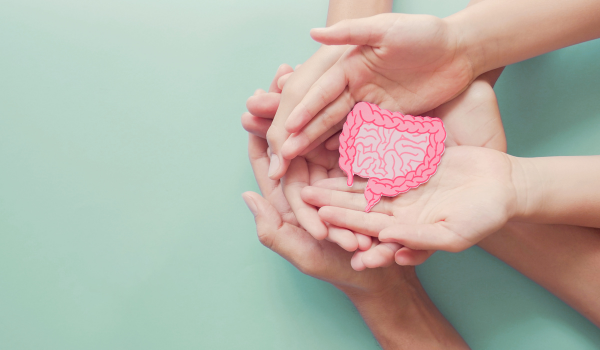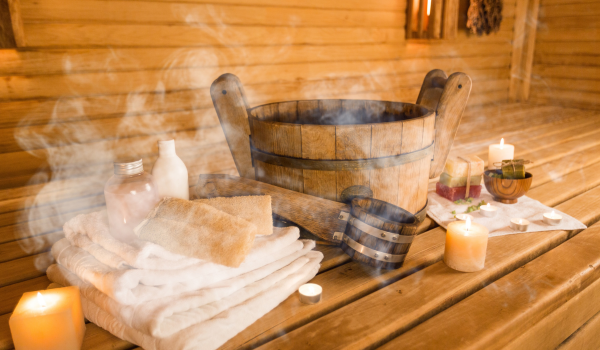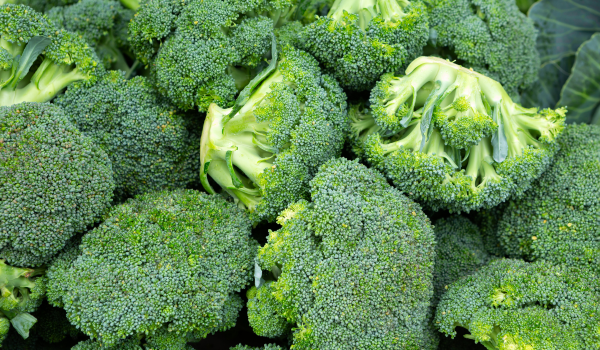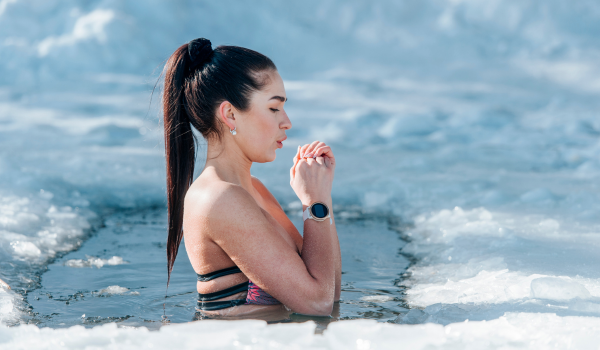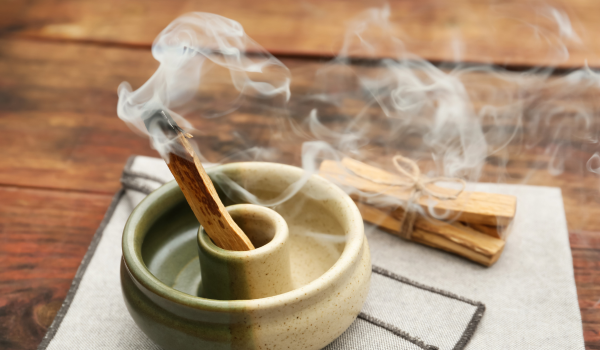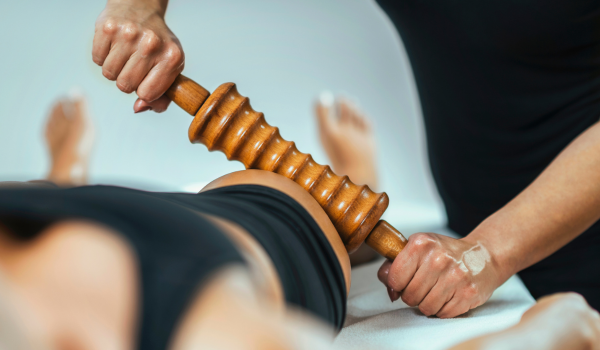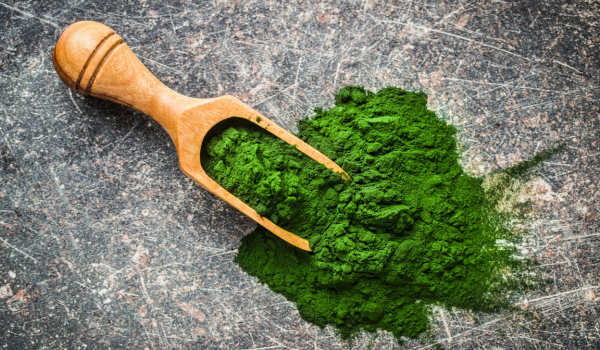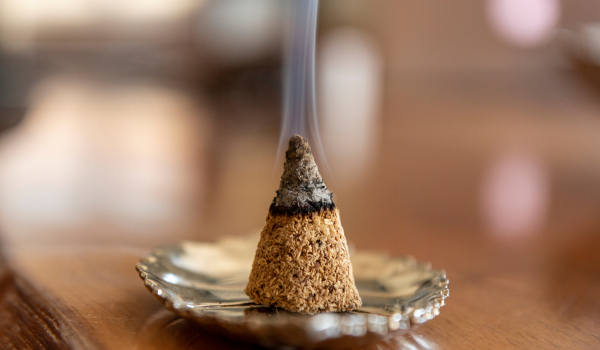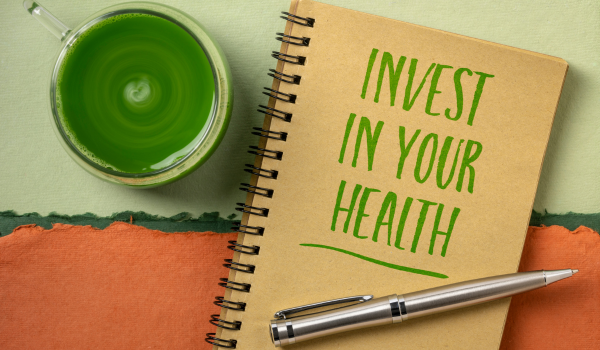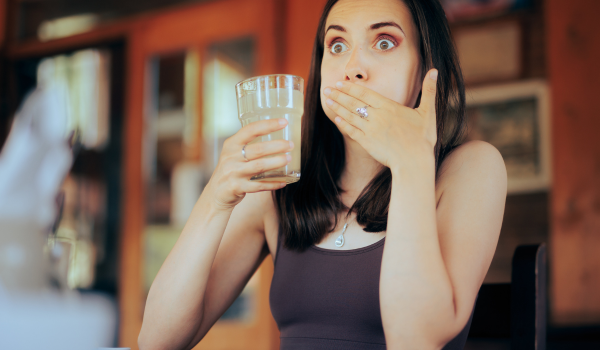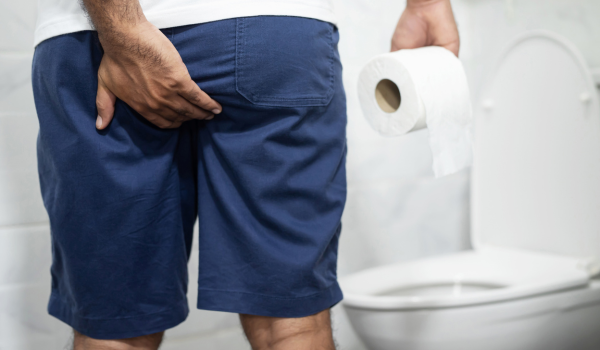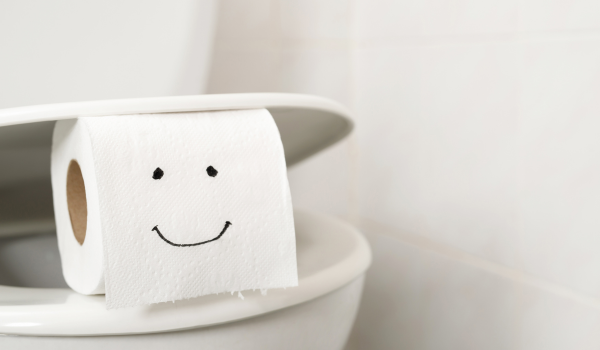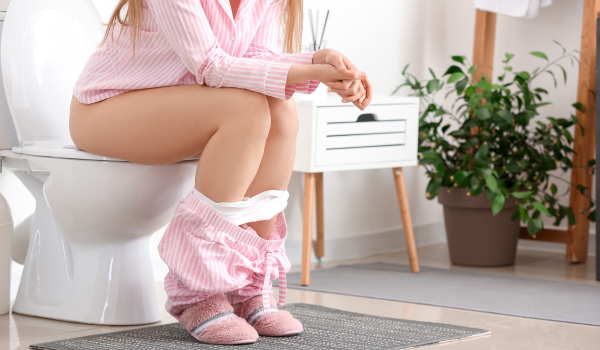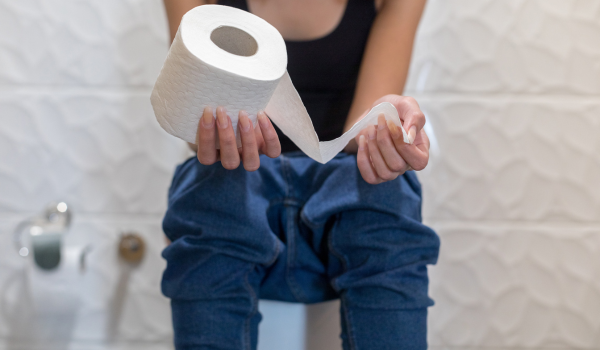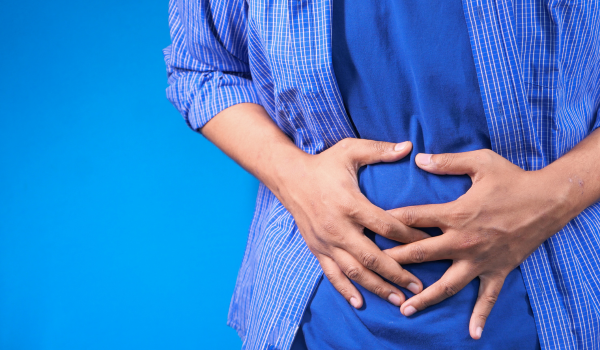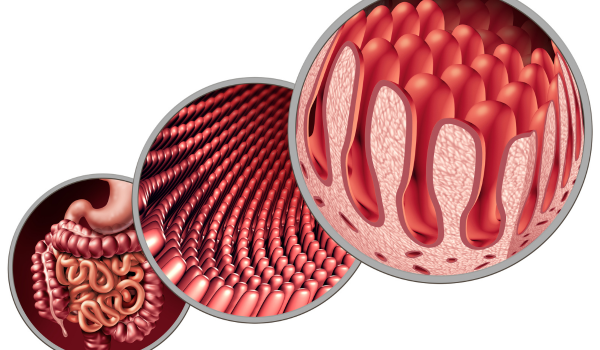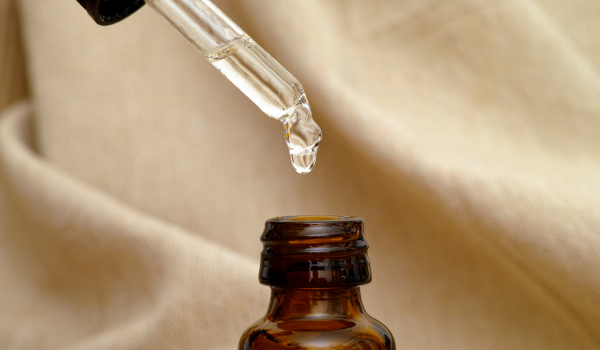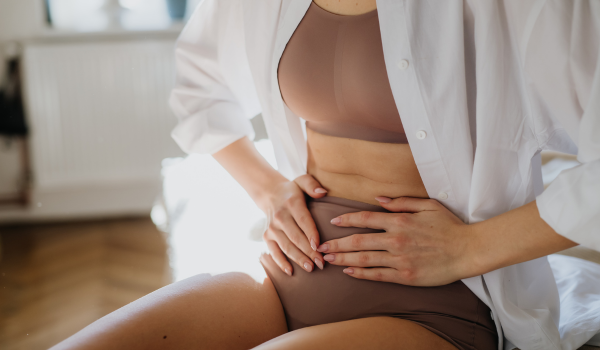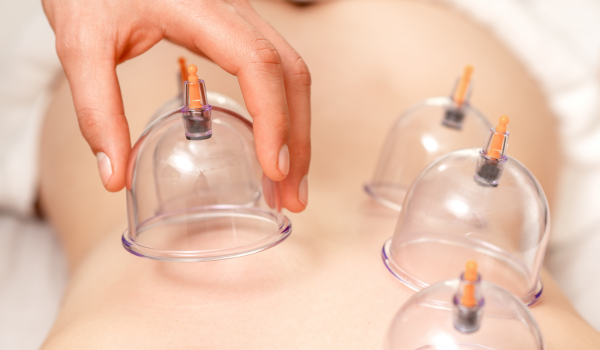
Cupping is a complementary therapy that uses suction cups made of silicone, plastic, glass, bamboo, metal, or rubber to create a vacuum on the skin. Originating over 5,500 years ago in Egypt and Macedonia, cupping has recently gained popularity in the United States. Many people use it to improve blood flow, reduce toxins, alleviate pain, and promote relaxation. Some cultures also practice cupping for spiritual or religious reasons.
Although research is limited, athletes and other users report positive effects.
Types of Cupping
Cupping can be divided into dry cupping and wet cupping, each with multiple variations:
-
Dry cupping: Skin is pulled into the cup without cutting or burning.
-
Wet cupping: Involves small cuts to draw blood into the cup, believed to enhance healing and pain relief.
Cupping can also be classified by:
-
Technical types: Includes flash cupping (quick application/removal) and massage cupping (cups moved over muscles).
-
Suction power: Light, medium, strong, or pulsatile.
-
Suction method: Manual, fire-based, or electrical vacuum.
-
Added therapies: Sometimes combined with acupuncture, herbal treatments, laser therapy, electrical stimulation, water therapy, or facial cupping.
-
Targeted areas: Sports-related, orthopedic, abdominal, cosmetic, facial, and sex-specific cupping.
How Cupping Works
Cups create a vacuum that draws blood and fluids to the treated area. This is thought to:
-
Improve blood flow and circulation
-
Reduce inflammation
-
Promote healing
-
Stimulate the lymphatic system (dry cupping)
-
Trigger endorphin release and natural pain relief (wet cupping)
Theories Behind Cupping
-
Pain-gate theory: Pressure and vibration may block pain signals to the brain.
-
Diffuse noxious inhibitory control (DNIC): Pain in one area may relieve pain elsewhere.
-
Nitric oxide release: Suction may boost nitric oxide, supporting vasodilation and blood flow.
Potential Benefits of Cupping
Pain Relief
-
May reduce chronic pain from osteoarthritis, plantar fasciitis, carpal tunnel, and back pain.
-
Can improve function and mobility in people with chronic pain.
Headache and Migraine Reduction
-
Wet cupping may decrease migraine frequency and intensity.
Sports Recovery
-
Can reduce muscle fatigue and soreness.
-
May improve flexibility (e.g., hamstrings) and accelerate recovery after minor injuries.
Skin and Toxin Management
-
May alleviate pain from shingles and chronic hives.
-
Some studies suggest wet cupping can remove certain heavy metals (aluminum, zinc, cadmium) from the body.
When to Use Cupping
Cupping may complement treatments for:
-
Acne and other skin conditions
-
Muscle, back, neck, shoulder, and knee pain
-
Fibromyalgia
-
Gastrointestinal disorders
-
Headaches and migraines
-
Sports injuries and muscle soreness
-
Shingles and chronic pain
What to Expect During a Session
-
Dry cupping: Cups placed directly on skin; usually 15 minutes per session.
-
Wet cupping: Small cuts made before suction; disposable equipment is used.
-
Flash cupping: Cups applied and removed quickly.
-
Aftercare: Circular or oval bruises (light red to dark purple) may appear, lasting 1–10 days.
Safety and Considerations
Cupping is generally safe but may cause:
-
Bruising, blistering, or scarring
-
Headaches, dizziness, fatigue, nausea, or insomnia
-
Rare skin reactions, such as the Koebner phenomenon
Avoid cupping if you have:
-
Cancer, organ failure, or blood disorders
-
Pacemaker, epilepsy
-
Skin conditions like eczema or psoriasis
-
Sunburn, skin ulcers, or thinning skin
Special considerations:
-
Children, older adults, pregnant people, and those on blood thinners should consult a healthcare provider.
A Quick Review
Cupping is a suction-based therapy believed to improve circulation, reduce toxins, and relieve pain. Preliminary evidence suggests it may help with sports recovery, migraines, chronic pain, and some skin conditions. However, research is limited, and cupping should be used as a complementary therapy rather than a primary treatment.

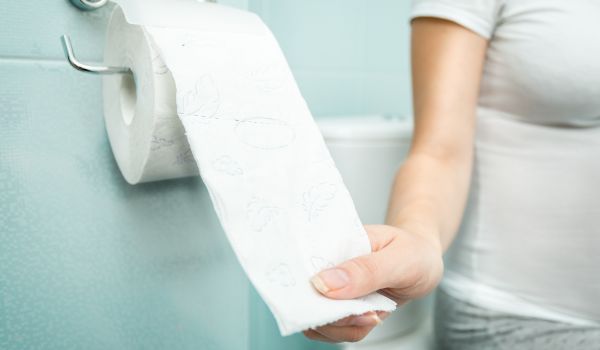
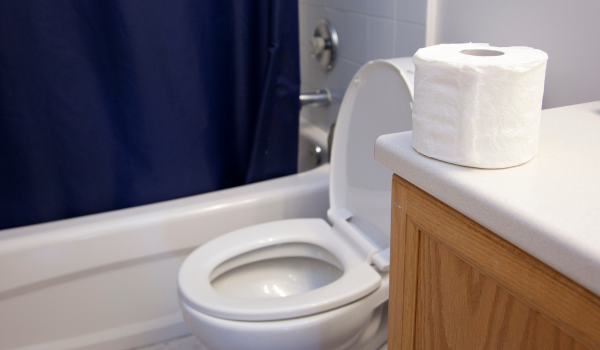


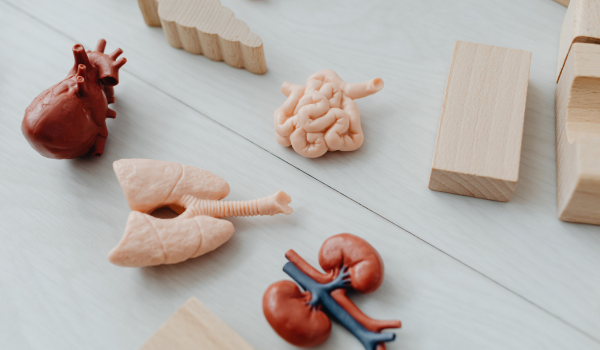
.png)
